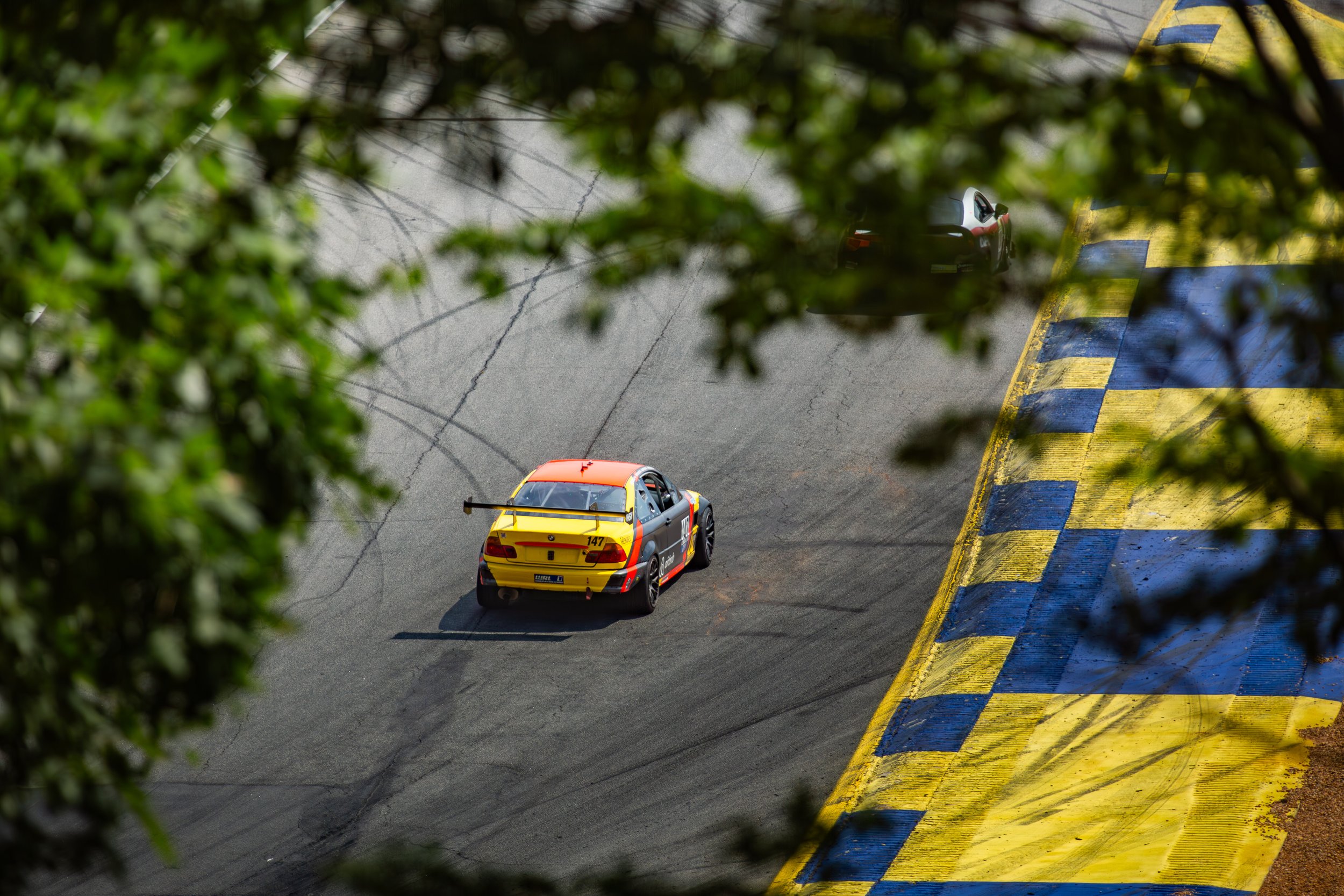Using Natural Light in Photography
As we wrap up the first week back on the blog, I want to look at one fundamental aspect of photography: lighting. Specifically, using natural light to create stunning images. No matter what you’re shooting, understanding and harnessing natural light is essential to elevate your photography. Let’s explore some tips and techniques to make the most of natural light.
Understanding Natural Light
Natural light changes throughout the day, offering a variety of qualities and moods. Here are three key phases of natural light and tips to use them effectively:
1. Golden Hour
The golden hour occurs shortly after sunrise and before sunset when the sun is low in the sky. This light is soft, warm, and directional, creating long shadows and a beautiful golden glow. It’s perfect for portraits, cityscapes, and landscapes.
Tip: Position your subject so the light falls at an angle, creating depth and dimension. Use reflectors to bounce light and fill in shadows if needed.
Hunter Museum of American Art - Sunrise
The Hunter Museum of American Art overlooks the Tennessee River in the heart of Chattanooga. This photo was captured just as the sun was rising, casting a golden light on the face of the museum.
Preparing for action
Golden hour light doesn’t always have to be all on the subject. In this case, taken early in the morning, the golden light provides more lighting and vibrant colors for the background, while adding a few nice accents to the lighting on the subject himself.
2. Midday Light
Midday light, when the sun is directly overhead, tends to be quite harsh and produces strong, harsh shadows. While it’s usually not ideal for portraits, it can work well for other types of photography, and for others it may not be much of an issue at all.
Tip: You can use the shadows creatively to add drama to your composition. Seeking out shaded areas for softer light or using diffusers are good ways to soften the harsh sunlight. Cloud cover also makes an outstanding natural diffuser, so don’t be discouraged if it’s a cloudy day out, you can get some really nice photos under the clouds!
Road Atlanta Turn 5
In this photo, the midday lighting is solid lighting for the shot, and even casts a bit of a nice shadow of the car onto the track. Motorsports is an area of photography where you can use shadows the really add to the image, especially as the sun gets lower and you can capture longer shadows.
The First Kiss
In this photo from rather early in my photography journey, you can see how harsh the midday light can be, and the shadows it can create.
The Boys
This photo is a good example of the effect of seeking a shaded area for more diffused light. By taking a look at the background, you can see how bright and harsh the light was that day, but by putting the subjects in the shaded area, I was able to prevent the harsh shadows that would have resulted from putting them in the sun.
3. Blue Hour
The blue hour occurs just before sunrise and after sunset, when the sky takes on a deep blue hue. This light is soft and diffused, providing a unique atmosphere for your photos.
Tip: Blue hour can be a bit dark depending on the time, so using a tripod for longer exposures can allow you to capture subtle light and rich colors. You can also experiment with different white balance settings to achieve the desired effect.
Dormant
This is one of my favorite blue hour photos in my collection. Note the incredibly diffused light and lack of brightly lit objects and harsh shadows. This was captured in the early morning hours, just before the sun peeked over the horizon.
One thing to note: consider your surroundings. I say that meaning that sometimes, the landscapes around you can affect the lighting as well. For example, if you live near mountains like I do, and you’re shooting near them, you may lose that golden hour direct light earlier than technical sunset. However, this can also produce some nice results. For example, just after the sun gets behind the the mountain, it’s possible to still get the nice golden look of golden hour due to the sky still being that color, but with with the softer, more diffused look of blue hour light.
The Local
This was taken just after the sun went behind the top of Lookout Mountain in Chattanooga. In this lighting situation, I was able to still have that warm golden hour light, but with the softer diffused shadows that you typically find during blue hour.
Techniques for Using Natural Light
1. Backlighting
Backlighting involves placing your subject between the camera and the light source. This technique can create a beautiful halo effect around your subject and emphasize shapes and outlines, as well as provide a very nice background in photos where the sky is included.
Tip: Use exposure compensation to avoid underexposing your subject. A commonly used technique (depending on the lighting) is to expose for the background and use flash to fill the light on the subject. This is also a good lighting method for experimenting with shooting silhouettes for dramatic effects.
Father and Daughters
In this example, notice how the light source (the sun) is behind my subjects. In this case, the ambient natural light was enough that I didn’t ned an additional light, such as a flash, to add lighting to my subjects.
2. Side Lighting
Side lighting can add depth and texture to your photos by creating shadows and highlights. It’s great for emphasizing details and creating a three-dimensional look.
Tip: Position the light source to the side of your subject, adjusting the angle to control the intensity of the shadows. Use a reflector to fill in shadows if needed.
3. Diffused Light
Diffused light is soft and even, minimizing harsh shadows. Overcast days, shaded areas, or using diffusers can create this type of light. (Overcast days are some of my favorite days to shoot)
Tip: Shoot in the shade or use a translucent diffuser to soften the sunlight. This light is ideal for portraits and macro photography.
‘34 Packard 1104 Super 8
Clouds make an excellent natural diffuser. This photo was taken midday, but thanks to the clouds, the light was diffused, and the shadows were soft.
A few more Tips for Using Natural Light
Observe the Light: Pay attention to how natural light changes throughout the day and how it interacts with your surroundings. Practice shooting at different times to see how it affects your photos.
Use Reflectors and Diffusers: Reflectors can bounce light onto your subject, filling in shadows and adding catchlights to the eyes. Diffusers soften harsh light, creating a more flattering look. Remember that nature also has its own natural diffusers in the form of clouds.
Adjust Your Camera Settings: Understand how to adjust your ISO, aperture, and shutter speed to work with the available light. Shooting in manual mode or different priority modes gives you greater control over your exposure.
Embrace Golden and Blue Hours: Planning your shoots around these times will allow you to take advantage of the best natural light. The soft, warm tones of the golden hour and the cool, gentle light of the blue hour can enhance any subject.
Share Your Natural Light Photography
I hope these tips help you harness the power of natural light in your photography. Experimenting with different types of natural light can lead to stunning and unique images. Do you have any favorite techniques or experiences with using natural light? Share your thoughts in the comments below. I’d love to hear your stories and experiences!
Until next time, happy shooting!
Ryan









